264004 ATPase_P-typeThalassiosira pseudonana
| Chromosome | Product | Transcript Start | End | Strand | Short Name | |
|---|---|---|---|---|---|---|
| 264004 | chr_13 | ATPase_P-type | 457267 | 460075 | - | ATPase_P-type |
| NCBI ID | Ensembl Genomes exon ID |
|---|---|
| 7453035 | Thaps264004.2, Thaps264004.1, Thaps264004.4, Thaps264004.5, Thaps264004.6, Thaps264004.3 |
| Expression Profile | Conditional Changes | Cluster Dendrogram | Discovered Potential cis-Regulatory Motifs |
|---|---|---|---|
Thaps_hclust_0198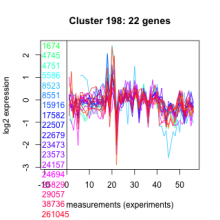 |
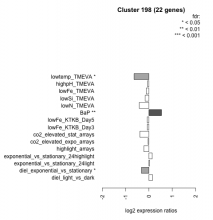 |
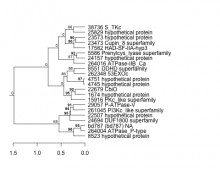 |
   |
| Normalized Mean Residue | Discovered Potential cis-Regulatory Motifs | |
|---|---|---|
|
Thaps_bicluster_0049 |
0.45 |
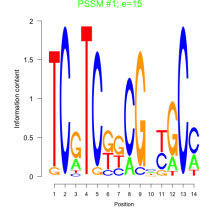 15 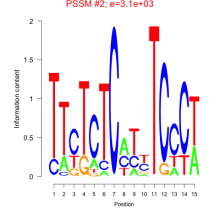 3100 |
| T. pseudonana | P. tricornutum | P. tricornutum DiatomCyc | F. cylindrus | Pseudo-nitzschia multiseries | E. huxleyi | C. reinhardtii | A. thaliana | P. sojae |
|---|---|---|---|---|---|---|---|---|
| Not available | PHATRDRAFT_16222 | PHATRDRAFT_16222 | Not available | Not available | 120385 | Not available | Not available | 337897 |
| KEGG description | KEGG Pathway |
|---|---|
| Not available | Not available |

Add comment